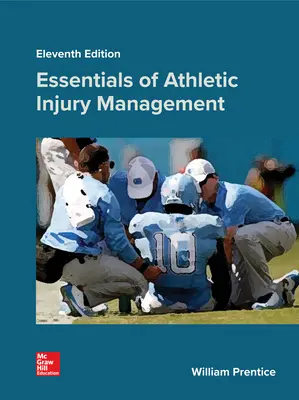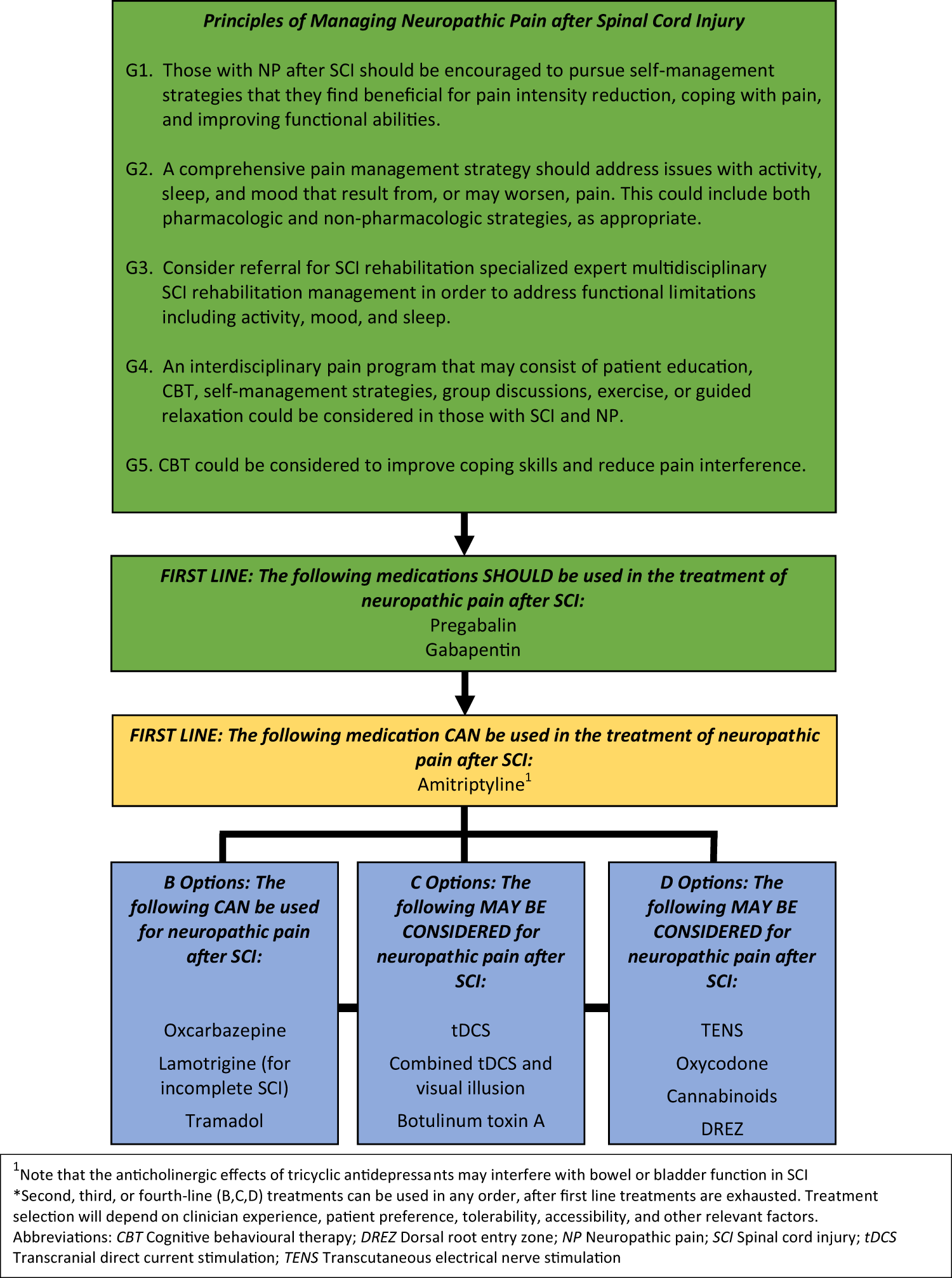Chapter 13 Off the Field Injury Evaluation
Psychosocial Intervention for Sports Injuries and Illnesses CHAPTER 12. Use of touch to determine abnormalities ____G_ 3.
Match the following terms with the appropriate response.

. Match the following terms with the appropriate response. Learn vocabulary terms and more with flashcards games and other study tools. Diagnosis While ATC can recognize injury by law they.
Chapter 13 Worksheet Off The Field Injury Evaluation. Key surface and bony landmarks 3. Off-the Field Injury Evaluation Evaluation of Sports Injuries Essential skill Four distinct evaluations Pre-participation prior to start of season On.
RISK MANAGEMENT Chapter 4. Use of touch to determine abnormalities __g___ 3. Off-the-Field Injury Evaluation CHAPTER 14.
Athletic Trainer should know 1. Athletic trainers would be making a scientific diagnosis or a clinical diagnosis with the help of available knowledge. Off-the Field Injury Evaluation.
2 the initial on-the-field injury assessment which was discussed in great detail in Chapter 12 is done immediately after. History observation palpation and special tests HOPS. The Athletic Trainer and the Sports Medicine Team Chapter 2.
Through an off-site evaluation listing the steps to follow and what you would do andor look for in each step. Visual study of a joint with x-rays _____. What are the four distinct evaluations routinely conducted by an athletic trainer.
Legal Concerns and Insurance Issues PART II. Differentiate between injury evaluation diagnosis. Subjective perceived change in the body _____ Arthroscopy B.
Among them is discovering the alphabet. Injury evaluation is an essential skill for the athletic trainer. Body planes and anatomical directions.
Some preschool math worksheets show the alphabet also. 1 The preparticipation examination which was discussed in Chapter 2 is done prior to the start of preseason practice. Infectious Diseases Bloodborne Pathogens and Universal Precautions.
Use of touch to determine abnormalities _____ Coronal C. Off-the-field Injury Evaluation Secondary Assessment Detailed evaluation on sideline or in clinic setting May be the evaluation of an acute injury or one several days later following acute injury Divided into 4 components. Midsagittal right from left b.
Discuss the athletic trainers ability to make an accurate clinical diagnosis. General knowledge of anatomy biomechanics and Anatomy. Off the Field Injury Evaluation Athletic trainer by law cannot make a diagnosis we do evaluations Athletic Trainer should stay within their ability and professional ethics.
Match the following terms with the appropriateresponse. Subjective perceived change in the body symptom ___H__ 2. -use of clinical or scientific methods to establish the cause and nature of a patients injury or illness and subsequent functional impairment due to.
Preparticipation pre-season physical examination or screening pre-season on-the-field injury assessment off-the-field injury assessment. Arthrography ASubjective perceived change in the body. 78 In athletic training four distinct evaluations are routinely conducted.
-off the field assessment. 8 In athletic training four distinct evaluations are routinely conducted. 2 the initial on-the-field injury assessment which was discussed in great detail in Chapter 12 is done immediately after.
Body planes and orientations a. Theyll learn to count as well as check out. Training and Conditioning Techniques Chapter 5.
CHAPTER 13 WORKSHEET OFF-THE-FIELD INJURY EVALUATION MATCHING. Objective indicator of a condition ___I__ 4. Start studying Chapter 13 - Off the Field Injury Evaluation.
Perceived change in the body _____ 2. Match the following terms with the appropriate response. MATCHING Match the following terms with the appropriate definition.
Explain the key terminology needed to communicate the results of an assessment. Start studying Chapter 13. Objective indicator of a condition sign __I___ 4.
Chapter 13 Worksheet Answers. Injury recognition is the recognition and evaluation of an injury. Preschool worksheets for basic abilities.
These preschool printables teach kids how to write numbers in addition to letters. Objective indicator of a condition _____ Diagnosis D. -on the field assessment.
What basic knowledge must. Off-the Field Injury Evaluation Notes. Subjective perceived change in the body ____H_ 2.
Injury evaluation is an essential skill for the athletic trainer. Identify the various descriptive assessment terms. CHAPTER 13 WORKSHEET OFF-THE-FIELD INJURY EVALUATION 1.
The athletic trainer have before performing an injury assessment. Health Care Administration in Athletic Training Chapter 3. CHAPTER 13 WORKSHEET OFF-THE-FIELD INJURY EVALUATION MATCHING.
They would be identifying the. Subjective perceived change in the body __h___ 2. Up to 24 cash back 10.
1 The preparticipation examination which was discussed in Chapter 2 is done prior to the start of preseason practice. Match the following terms with the appropriate response. Review the terminology used in injury evaluation.
Arthroscopy BUse of touch to determine abnormalities. Diagnosis denotes that disease injury or syndrome a person has or is believed to have and can be performed only by a physician. Whereas an off field evaluation will be provided by the physician.
Objective indicator of a condition __i___ 4. Solutions for Chapter 13. Nutritional Considerations Chapter 6.
How should as examiner take a history. Step 2 of 4. Tissue Response to Injury Part 4 Management Skills CHAPTER 11.
Evaluation of Sports Injuries Essential skill Four distinct evaluations Pre-participation prior to start of season On-the-field assessment Off-the-field evaluation performed in the clinictraining roometc Progress evaluation. Up to 24 cash back CHAPTER 13 WORKSHEET. On-the-Field Acute Care and Emergency Procedures CHAPTER 13.
Organize the process for documenting the findings of an off-the-field or progress evaluation. CHAPTER 13 WORKSHEET OFF-THE-FIELD INJURY EVALUATION MATCHING. The athletic trainer would be providing an on field evaluation of the injury.
Apply HOPS off-the-field evaluation scheme. Points of reference. Learn vocabulary terms and more with flashcards games and other study tools.
Evaluation of Sports Injuries. PROFESSIONAL DEVELOPMENT AND RESPONSIBILITIES Chapter 1. Use of touch to determine abnormalities palpation __G___ 3.
Off The Field Injury Evaluation.

Pin On Alliant International University

Detailed Vital Signs Symptoms Pupils Emt Study Paramedic School Medical Facts

Complete Idea About All Type Of Injection And Technique Medical Education Pharmacology Nursing Nursing School Survival

Nerve Injury Classification Clinical And Mrn Findings Prognosis And Download Table

Routine Urinalysis Normal Laboratory Study Values Medical Laboratory Science Student Medical Laboratory Science Medical Laboratory

Pin By Julie Magee On Forensics Christmas Bulbs Christmas Ornaments Holiday Decor

Essentials Of Athletic Injury Management

Pin On Health Books That Get You Thinking

Boxers Fracture Hand Therapy Body Pediatrics

Components Of The Energy Body In 5 Energy Bodies Chakras Auras The Flyers Forum Cool Pic Cool Site Www Theevol Healing Modalities Pranic Healing Energy

If You Eat Garlic And Honey On An Empty Stomach For 7 Days This Is What Happens To Your Body Honey Garlic What Happened To You Healthy Herbs

Ebook Pdf Operations Management 11th Edition By Jay Heizer Barry Render In 2022 Operations Management Supply Chain Management Ebook Pdf

Biology Paper 2 Triple Revision Teaching Resources Gcse Biology Revision Gcse Science Revision Biology Revision

The Canpain Sci Clinical Practice Guidelines For Rehabilitation Management Of Neuropathic Pain After Spinal Cord Injury 2021 Update Spinal Cord

Boxers Fracture Hand Therapy Body Pediatrics

Weighing The Risks And Benefits Of Online Financial Transactions Mobile Payments Financial Loan Company

The Free Online Ophthalmology Book Timroot Com Books Medical Library Eye Health



Comments
Post a Comment